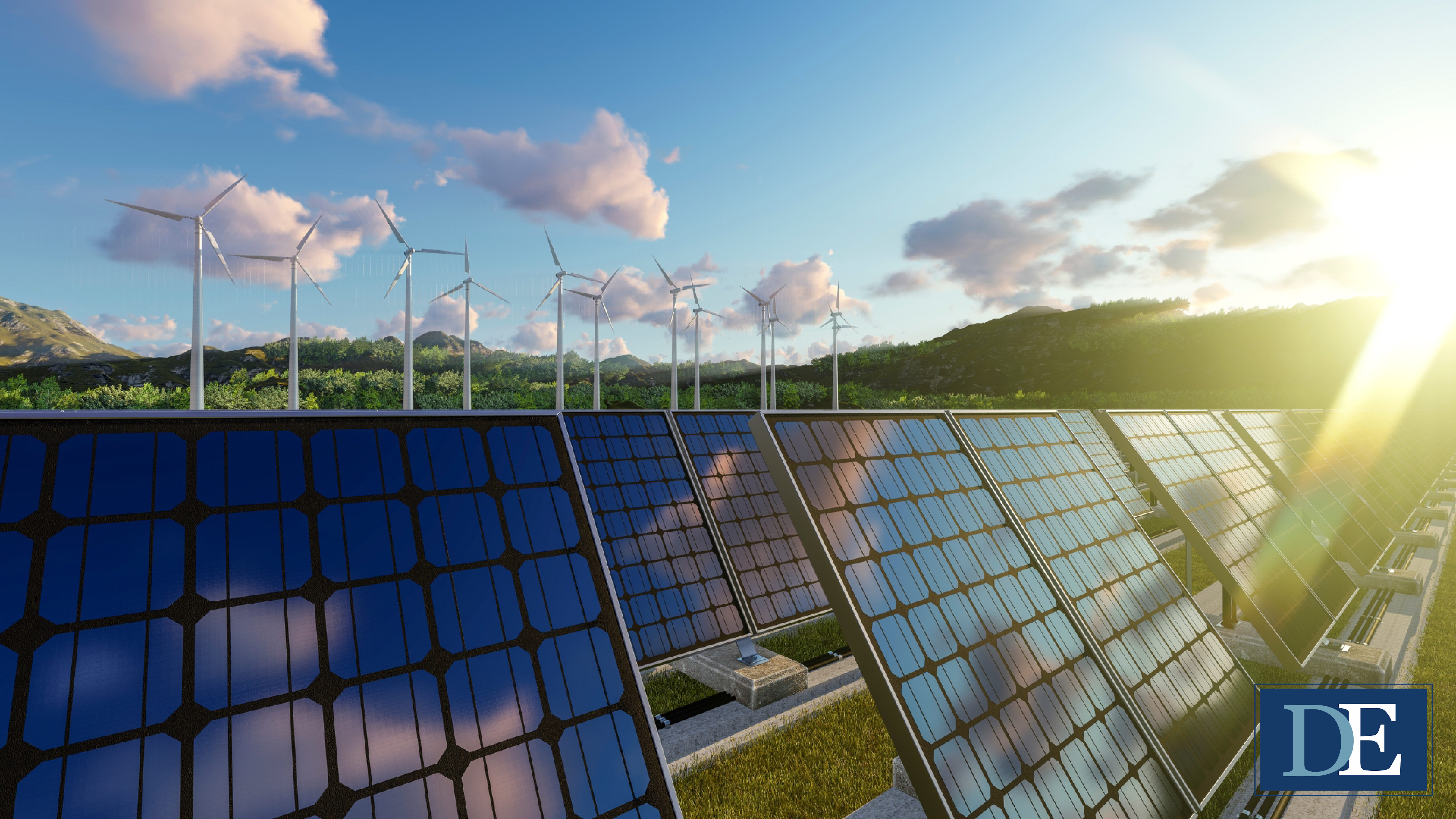
The Inflation Reduction Act of 2022 (the “Act”) breathed new life into the tax scheme for renewable energy projects, creating a new base tax credit with a series of adders that can significantly increase viability of projects that otherwise would not be economically feasible.
The IRS issued Revenue Procedure 2023-27 (“Rev. Proc. 23-27”) on August 10, 2023, which outlines the process for applying for an allocation of environmental justice solar and wind capacity limitation (Capacity Limitation) to increase the energy investment credit determined under section 48(a) of the Internal Revenue Code (IRC). This credit applies to certain solar and wind-powered electricity generation facilities that are placed in service. Projects that successfully qualify for this adder will receive a tax credit increase of 10% (in the case of projects located in a Low-Income Community or on Indian Land) or a tax credit increase of 20% (in the case of Qualified Low-Income Residential Building Projects and Qualified Low-Income Economic Benefit Projects).
Breakdown of the IRS’s Adder Plan
Rev. Proc. 23-27 establishes that the annual Capacity Limitation available for allocation in calendar years 2023 and 2024 is 1.8 gigawatts of direct current capacity. This capacity is divided across four facility categories, as described in Treasury Regulation § 1.48(e)-1(b)(2): Category 1 (Located in a Low-Income Community), Category 2 (Located on Indian Land), Category 3 (Qualified Low-Income Residential Building Project), and Category 4 (Qualified Low-Income Economic Benefit Project). While siting of projects can sometimes be a difficult process, it is important to have Rev. Proc. 23-27 in mind from site control through operations to ensure the project falls within the defined categories for this adder.
While the Treasury Department and the IRS have the ability to reallocate reservations across these facility categories if any facility categories are oversubscribed or have excess capacity, the current allocations among the facility categories are:
Category 1: Located in a Low-Income Community — 700 Megawatts
Category 2: Located in Indian Land — 200 Megawatts
Category 3: Qualified Low-Income Residential Building Project — 200 Megawatts
Category 4: Qualified Low-Income Economic Benefit Project — 700 Megawatts
The Category 1 allocation is further subdivided by Rev. Proc. 23-27 into a 490-Megawatt tranche for behind the meter facilities and a 210-Megawatt tranche for front of the meter facilities.
What the Application Process Looks Like
Applicants seeking an allocation must submit an application through the Department of Energy’s (“DOE”) portal, following specific guidelines. The applicant, who is the owner[1] of the solar or wind facility, must provide identifying information, facility details, documentation, and attestations. Rev. Proc. 23-27 outlines various attestations and documentation requirements based on the type of facility and category. The review and selection process involves the DOE reviewing applications and making recommendations to the IRS for allocation decisions. The order of application review includes a 30-day period for initial applications, rolling application reviews, and a lottery system if categories are oversubscribed. Rev. Proc. 23-27 also details the process for applicants to correct application defects during a 21-business day cure period, and if the defects are not timely cured the application will be deemed withdrawn.
Upon receiving an allocation decision from the IRS, the applicant is informed through a final decision letter issued in the portal. The decision letter will state the allocated Capacity Limitation (based on the nameplate capacity of the facility as stated in the application). The allocated capacity is determined based on the facility’s nameplate capacity, and the applicant can claim the energy percentage increase after the facility is placed in service. However, a Capacity Limitation allocation or eligibility notification is not a final determination of eligibility for the increased credit.
Conclusion
Overall, Rev. Proc. 23-27 establishes detailed guidelines for applying for an allocation of Capacity Limitation, which increases the energy investment credit for eligible solar and wind facilities, and provides insight for asset owners and developers that are planning to benefit from the new PTC and ITC schemes created under the Act. It is advisable to seek legal counsel to ensure the greatest understanding of these guidelines, allowing for the maximization of these meaningful credit opportunities.
——————————————————————–
This DarrowEverett Insight should not be construed as legal advice or a legal opinion on any specific facts or circumstances. This Insight is not intended to create, and receipt of it does not constitute, a lawyer-client relationship. The contents are intended for general informational purposes only, and you are urged to consult your attorney concerning any particular situation and any specific legal question you may have. We are working diligently to remain well informed and up to date on information and advisements as they become available. As such, please reach out to us if you need help addressing any of the issues discussed in this Insight, or any other issues or concerns you may have relating to your business. We are ready to help guide you through these challenging times.
Unless expressly provided, this Insight does not constitute written tax advice as described in 31 C.F.R. §10, et seq. and is not intended or written by us to be used and/or relied on as written tax advice for any purpose including, without limitation, the marketing of any transaction addressed herein. Any U.S. federal tax advice rendered by DarrowEverett LLP shall be conspicuously labeled as such, shall include a discussion of all relevant facts and circumstances, as well as of any representations, statements, findings, or agreements (including projections, financial forecasts, or appraisals) upon which we rely, applicable to transactions discussed therein in compliance with 31 C.F.R. §10.37, shall relate the applicable law and authorities to the facts, and shall set forth any applicable limits on the use of such advice.
[1] If the system is owned by an LLC classified as a disregarded entity, the owner of the facility is the owner of the LLC (not the disregarded entity). If the system is owned by an entity classified as a partnership or an S corporation, the partnership or S corporation is the owner of the facility (not the partners or shareholders). Rev. Proc. 23-27 also provides guidance on claiming the energy percentage increase and addresses successor-in-interest situations, but general rule is that the allocation award applies only to the taxpayer who applied for and received the allocation.


